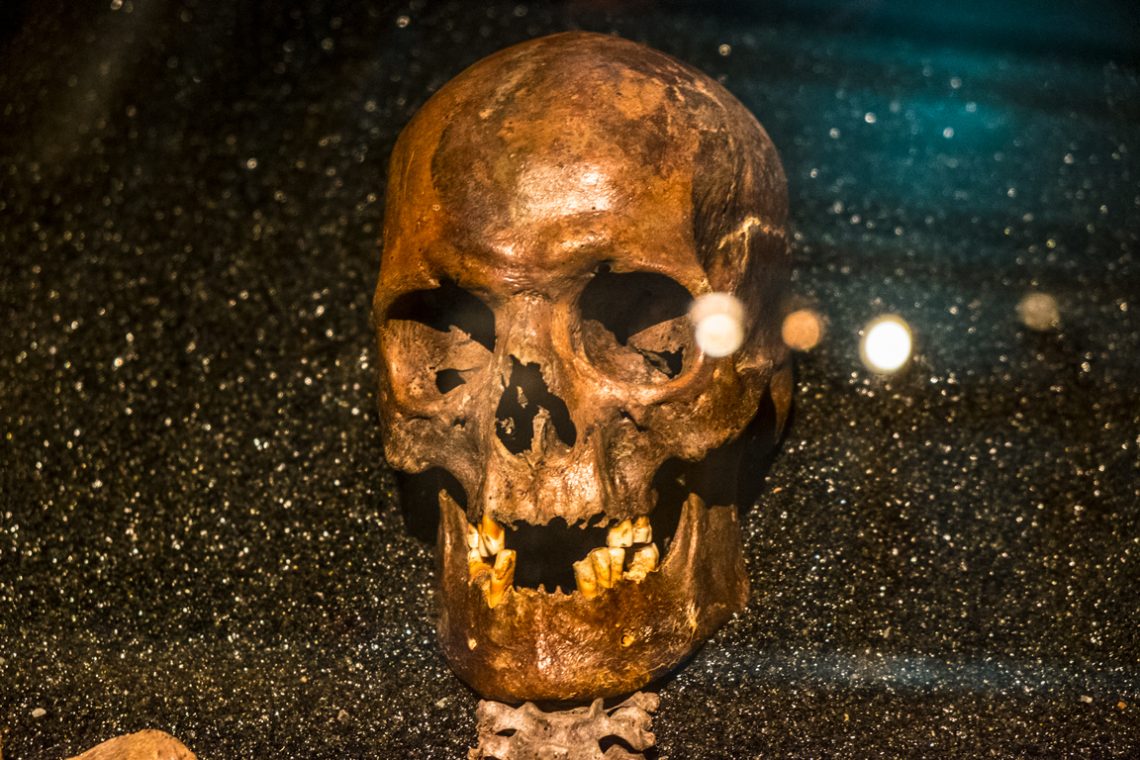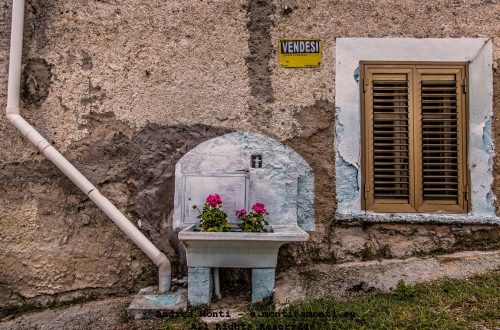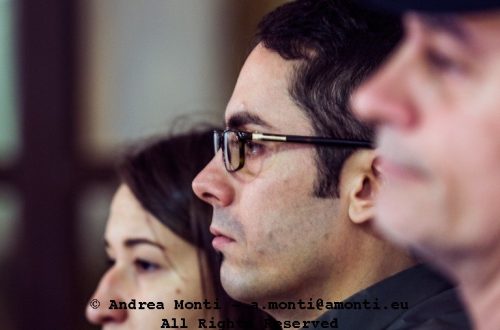
Vasa’s Ghost
Photographing in museums is always a challenge — a careful dance between respecting the subject, working within strict lighting conditions, and negotiating the inevitable glass barriers. This image, taken in the Vasa Museum in Stockholm, is an excellent example of how those constraints can actually contribute to a picture’s mood rather than hinder it.
The subject — a centuries-old skull — sits isolated against a dark, glittering background, its ochre tones warm against the cold, almost cosmic speckling that surrounds it. The lighting, subdued yet precise, falls in a way that enhances the contours of the cranium, the hollowed sockets, and the jagged remnants of teeth. The reflections — likely from the display case — could be considered a distraction, but here they almost suggest ghostly orbs, adding to the sense of presence that the title evokes.
Compositionally, the photographer opts for a close, direct framing, bringing us uncomfortably near to the remains. The choice of focus is sharp enough to capture the texture of the bone — the pitting, the cracks, the erosion of centuries — while the background dissolves into soft granularity, drawing all attention forward. The image maintains a shallow depth of field that further isolates the skull, heightening the sense of intimacy and confrontation.
Technically, the exposure is well handled considering the likely low-light conditions. The warm balance retains the natural tones of aged bone without drifting into artificial colour casts, a common hazard under mixed museum lighting. The grain, whether from a high ISO or post-processing, complements the subject — it feels almost like an echo of the material decay, harmonising texture and theme.
This is not a sensational image, but a contemplative one. It acknowledges the skull’s historical weight while resisting the temptation to turn it into mere spectacle. In doing so, it achieves something rare: it allows the viewer to feel the passage of time and the persistence of memory — the true ghost of the Vasa.




